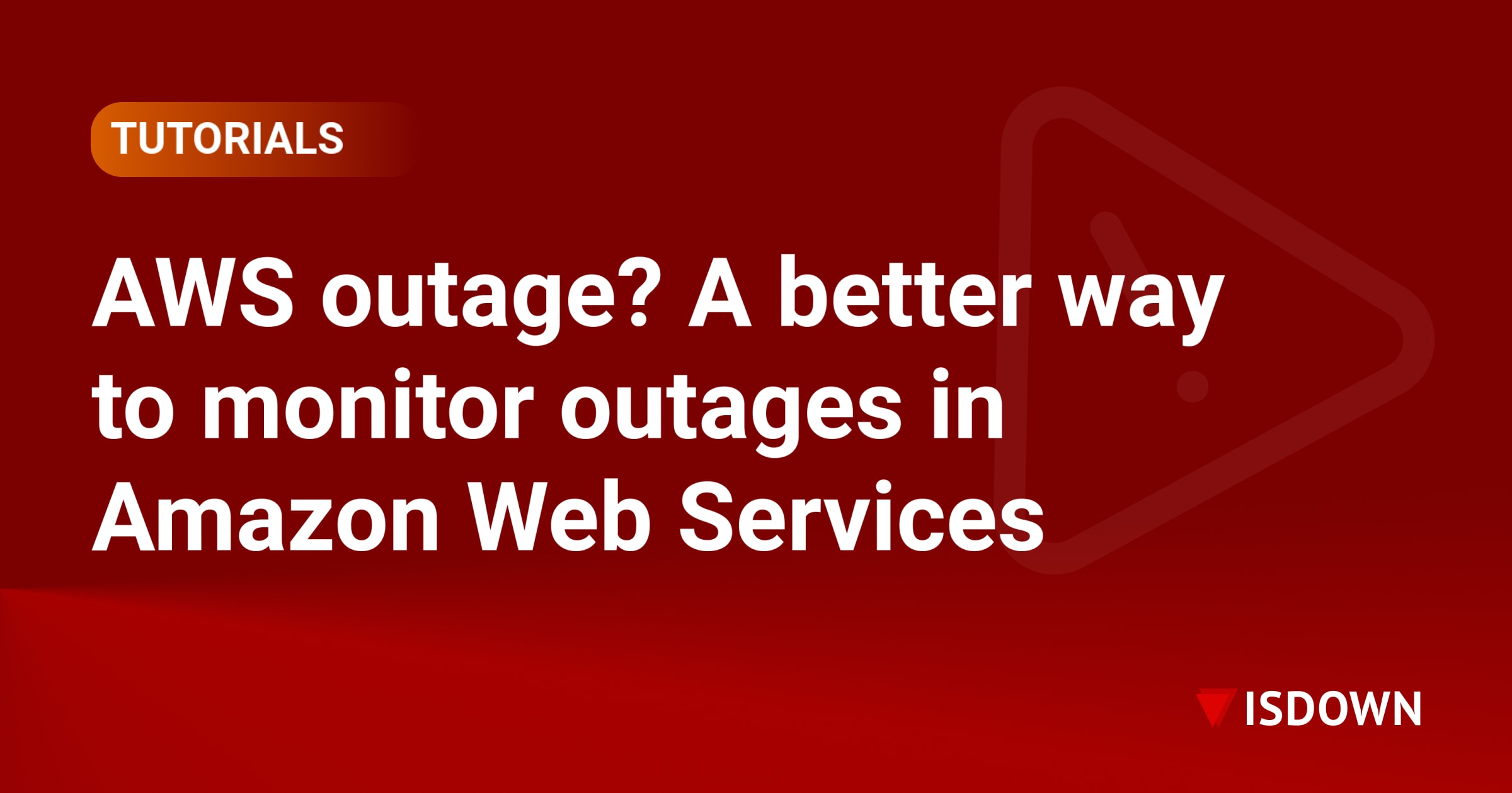10 Essential Tips for Setting Up Monitoring for Your SaaS
Setting up monitoring for your SaaS application is crucial for maintaining reliability and keeping customers happy. Without proper monitoring, you're essentially flying blind – unable to detect issues before they impact users or understand how your system performs under different conditions.
Here are 10 essential tips to help you build a comprehensive monitoring strategy for your SaaS application.
1. Start with Business-Critical Metrics
Before diving into technical metrics, identify what matters most to your business. Focus on metrics that directly impact revenue and customer satisfaction:
- User sign-ups and login success rates
- Payment processing success
- Core feature usage and completion rates
- API response times for critical endpoints
These metrics should form the foundation of your monitoring strategy. Technical metrics are important, but they should always tie back to business outcomes.
2. Implement the Four Golden Signals
Google's Site Reliability Engineering book popularized the "four golden signals" that every service should monitor:
- Latency: How long requests take to complete
- Traffic: How much demand your service is handling
- Errors: The rate of failed requests
- Saturation: How close your resources are to capacity
These signals provide a comprehensive view of your system's health and help you quickly identify when something goes wrong.
3. Set Up Synthetic Monitoring
Don't wait for users to report problems. Synthetic monitoring simulates user interactions with your application at regular intervals, helping you detect issues proactively. Set up synthetic checks for:
- Critical user workflows (signup, login, checkout)
- API endpoints
- Third-party integrations
- Database connectivity
This approach helps you catch problems before they affect real users.
4. Monitor Your Dependencies
Modern SaaS applications rely on numerous third-party services. When AWS, Stripe, or your CDN provider experiences issues, your application suffers too. Use a status page aggregator to track all your vendors in one place. This gives you visibility into potential issues before they cascade through your system.
5. Create Meaningful Alerts
Alert fatigue is real. Too many alerts lead to ignored notifications and missed critical issues. Follow these principles:
- Alert on symptoms, not causes
- Set thresholds based on actual impact to users
- Use escalation policies for different severity levels
- Group related alerts to reduce noise
- Include context in alert messages (what's broken, potential impact, runbook link)
Remember: every alert should be actionable. If you can't do anything about it, it shouldn't wake someone up.
6. Build Comprehensive Dashboards
Dashboards serve different audiences and purposes. Create separate views for:
- Executive Dashboard: High-level business metrics, uptime, customer impact
- Operations Dashboard: System health, resource utilization, active incidents
- Developer Dashboard: Application performance, error rates, deployment status
- Support Dashboard: Current system status, known issues, customer-facing metrics
Each dashboard should tell a story and answer specific questions relevant to its audience.
7. Implement Distributed Tracing
As your SaaS grows, understanding request flow becomes challenging. Distributed tracing helps you:
- Track requests across multiple services
- Identify performance bottlenecks
- Understand dependencies between components
- Debug complex issues faster
Tools like OpenTelemetry make it easier to implement tracing across your entire stack.
8. Plan for Incident Response
Monitoring is only valuable if you can act on the information. Establish clear incident response procedures:
- Define severity levels and response times
- Create runbooks for common issues
- Set up communication channels for incident coordination
- Establish escalation paths
- Document post-incident review processes
Track key incident management metrics to continuously improve your response capabilities.
9. Monitor User Experience
Technical metrics don't always reflect user experience. Implement Real User Monitoring (RUM) to understand:
- Page load times from different geographic locations
- JavaScript errors in browsers
- User interaction patterns
- Performance on different devices and networks
This data helps you prioritize improvements based on actual user impact.
10. Automate and Iterate
Monitoring setup is never "done." Continuously improve your monitoring by:
- Automating metric collection and dashboard creation
- Regularly reviewing and tuning alert thresholds
- Adding monitoring for new features before they launch
- Learning from incidents to identify monitoring gaps
- Staying updated on monitoring best practices and tools
Consider integrating your monitoring with incident management platforms through tools like PagerDuty or Opsgenie to streamline your response workflow.
Conclusion
Effective monitoring is the foundation of reliable SaaS operations. Start with these fundamentals, but remember that your monitoring strategy should evolve with your application. Focus on what matters to your users and business, automate where possible, and continuously refine your approach based on real-world experience.
The investment in proper monitoring pays dividends through reduced downtime, faster issue resolution, and ultimately, happier customers who trust your service to be there when they need it.
Frequently Asked Questions
What's the difference between monitoring and observability?
Monitoring focuses on tracking predefined metrics and alerting when they exceed thresholds. Observability goes deeper, providing the ability to ask arbitrary questions about your system's behavior through logs, metrics, and traces. While monitoring tells you when something is wrong, observability helps you understand why.
How many metrics should I monitor?
There's no magic number, but start with 10-20 core metrics that directly relate to user experience and business outcomes. You can always add more as you identify blind spots, but avoid metric sprawl that makes it hard to focus on what matters.
Should I build or buy monitoring tools?
For most SaaS companies, buying monitoring tools makes more sense than building from scratch. Commercial solutions offer battle-tested reliability, ongoing updates, and integrations that would be expensive to develop internally. Focus your engineering efforts on your core product.
How often should I review my monitoring setup?
Conduct a formal review quarterly, but make incremental improvements continuously. After each incident, assess whether your monitoring detected the issue quickly enough and adjust accordingly. Also review whenever you launch major features or architectural changes.
What's the best way to monitor microservices?
Microservices require a combination of approaches: distributed tracing to understand request flow, service mesh observability for inter-service communication, and aggregated logging for debugging. Each service should expose its own metrics, but you need centralized tools to see the full picture.
How do I monitor without impacting performance?
Use sampling for high-volume metrics, implement asynchronous metric collection, and be selective about what you log. Most modern monitoring agents have minimal overhead, but always test the performance impact in your specific environment and adjust sampling rates if needed.
 Nuno Tomas
Founder of IsDown
Nuno Tomas
Founder of IsDown
The Status Page Aggregator with Early Outage Detection
Unified vendor dashboard
Early Outage Detection
Stop the Support Flood
Related articles
Never again lose time looking in the wrong place
14-day free trial · No credit card required · No code required




